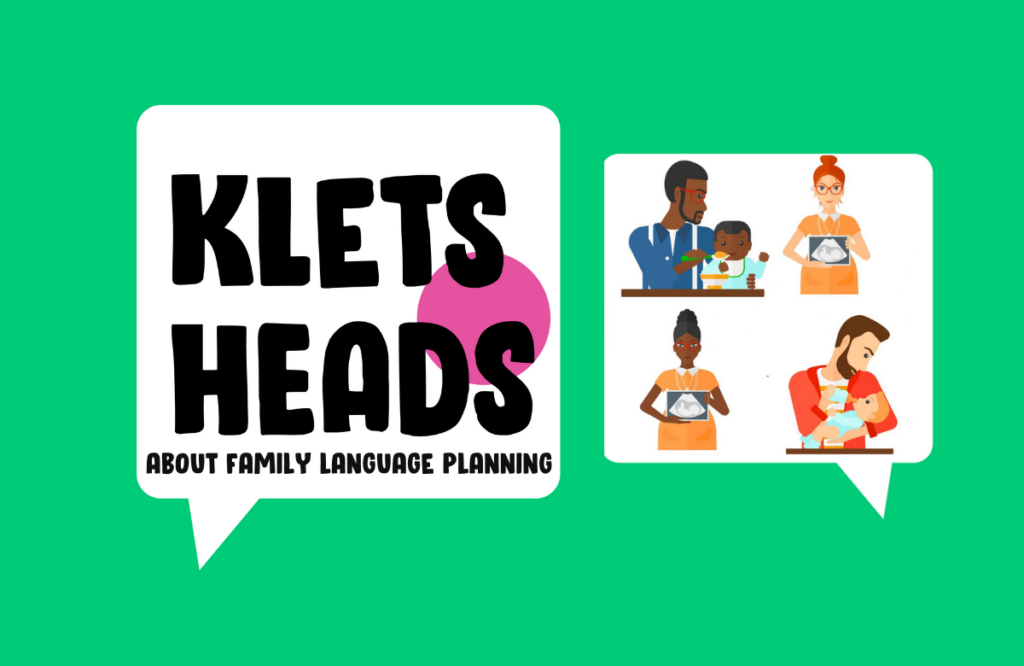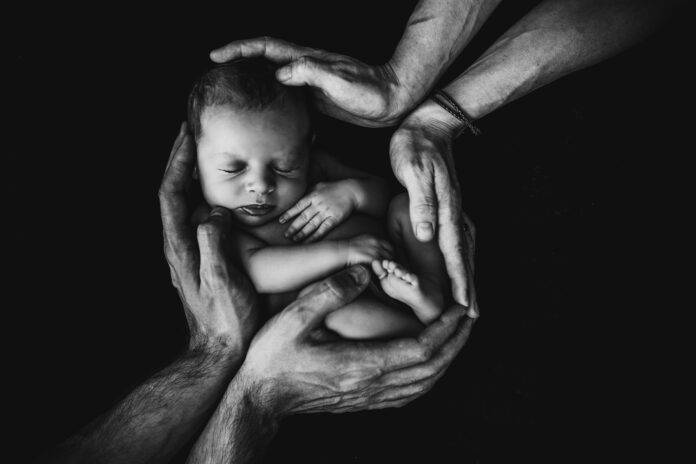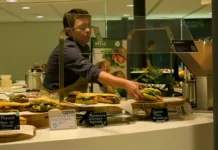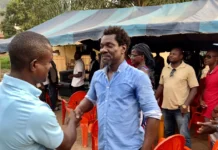Are you expecting a child, and do you speak a different language from your spouse? Then chances are there’s not just a baby on the way, but a bilingual baby! Does this sound familiar? Then read on…
What do many parents hope for when they find themselves raising a child together with someone who has a different mother tongue. What should you do in such a situation? Should you both continue to speak your own language, or are there other choices you could make that might lead to better outcomes? What should you do if you don’t understand each other’s languages and speak a third language (often English) with each other? What will your conversations with your future offspring look like? And if you don’t speak Dutch very well yourselves, how can you make sure that your child will learn that language properly? In other words, how do you plan for a bilingual child?
Applied linguist and educational consultant Eowyn Crisfield recently wrote a book on this very topic: Bilingual families – A practical language planning guide. You may know Eowyn already from her blog, where she talks about her professional and personal experiences raising bilingual children (onraisingbilingualchildren.com). Until a couple of years ago, Eowyn was based here in the Netherlands. She regularly gave workshops to parents and teachers both here and all around the world on her building blocks for successfully raising bilingual children. As the name of her book suggests, central to a successful approach is writing a family language plan. It is best to begin planning as soon as possible, preferably before the birth of your future bilingual child. Still, even if your children have already made their entrance into the world – perhaps even several years ago – it’s never too late to have a conversation with your partner about the languages your family uses. It’s also a good idea to involve children in this conversation.
Six steps to success
More concretely, here are the six steps for success that Eowyn describes in the podcast episode. Step one is to familiarise yourself with some of the theories about bilingualism. This doesn’t mean that you have to become a full-time linguist, but it’s a good idea to know at least some of the basics. Eowyn’s book is a great start, as is the Kletsheads podcast. It’s important that you have the relevant information at your disposal so that if someone from the consultatiebureau says to you that “three languages are too many,” you can confidently say that it is not and explain why.
The second step is to set goals for your children. What are the languages in your family? Should they be able to read and write in each language? And if so, where and how will they learn this? And so on. The third step is to make the plan. It’s important to keep in mind that a family language plan is a dynamic document. As your life and goals change, your plan has to change, too. Eowyn walks you through how to do this in her book. The fourth step is to talk to your children about your family’s language plan, and to keep doing this. Obviously, you will need to do this at an age-appropriate level, but involving children in their bilingual upbringing can help them understand how important it is to you (and for them) from an early age. The fifth step is to talk to other key people in your life. This is something that parents often forget about. You might be the architects of the plan, but there are many other people who could (and should) be involved in developing your child’s languages. For example, grandparents might be the only source of input in the non-Dutch language besides you, so make them aware and ask them to be consistent in using the other language. The final step is to know when to get help if you or someone else is concerned about your child’s bilingual development. The Dutch network of multilingual speech-language therapists is helpful here.
In short, then, start family language planning early on, but don’t worry if your kids are older and you don’t have such a plan. It’s really about sitting down and having a think about what’s needed to maximise your child’s chances of success. Don’t forget to involve all the important people in your child’s life, and don’t be afraid to change the plan over time, if necessary. For more information, listen to the episode of Kletsheads with Eowyn Crisfield, or treat yourself to a copy of her book!

This article was written by Sharon Unsworth and Aniek Ebbinge. It is based on an episode of the Kletsheads podcast, all about family language planning. Kletsheads is a podcast about bilingual children for parents, teachers and speech-language therapists. In each episode, Dr Sharon Unsworth, a linguist at Radboud University, Nijmegen, and mother of two children (both bilingual, of course), discusses the science behind the language development of bilingual children with another expert. There are practical tips, interviews with children about what it’s like growing up with two or more languages, and parents and professionals about their experiences with bilingual children. Find out more at kletsheadspodcast.org or search for Kletsheads [English edition] in your favourite podcast app.
Source: https://kletsheadspodcast.org/











